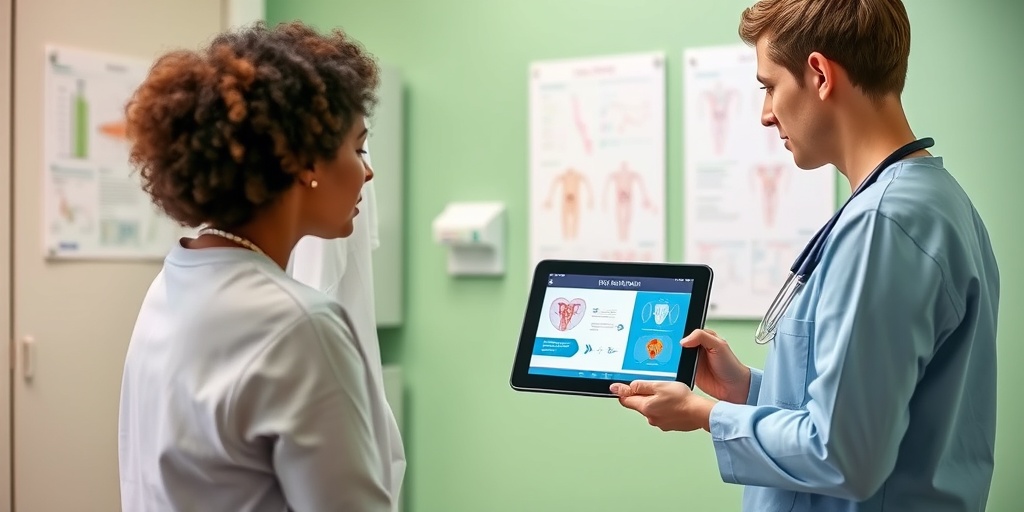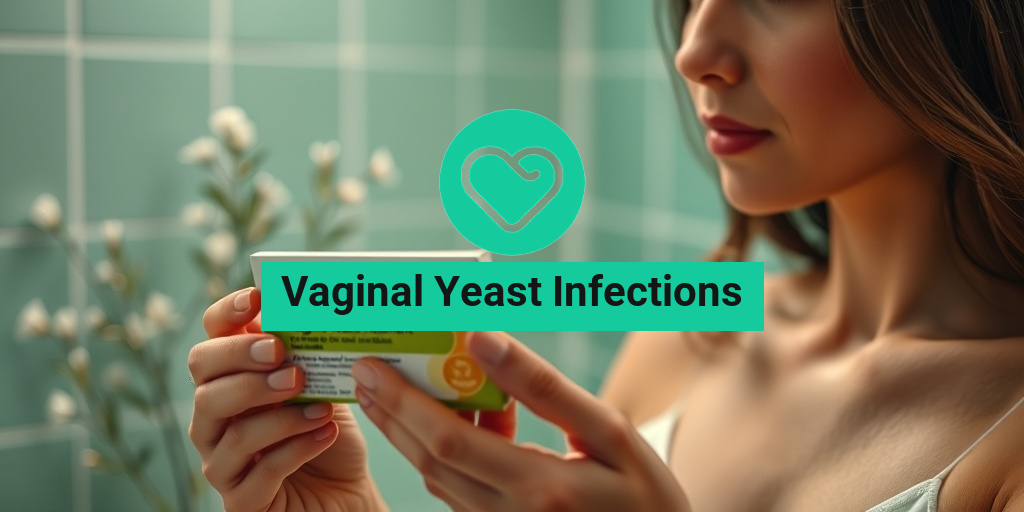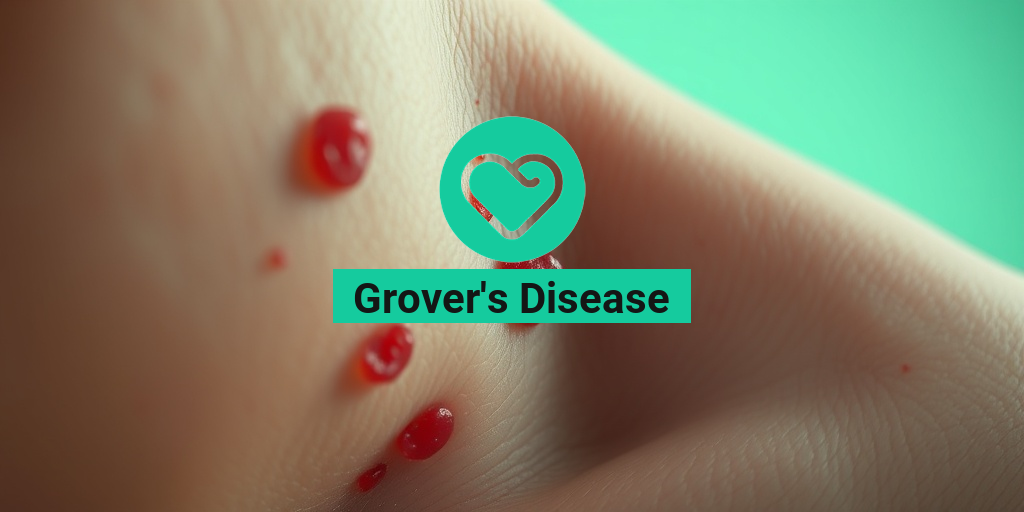What Are Vaginal Yeast Infections?
Vaginal yeast infections, also known as candidiasis, are a common condition caused by an overgrowth of the fungus Candida, which is naturally present in the body. While Candida is typically harmless, certain factors can lead to its overproduction, resulting in an infection. These infections can affect women of all ages and are often characterized by discomfort and irritation.
Understanding the causes and risk factors associated with vaginal yeast infections is crucial for prevention and management. Some common triggers include:
- Antibiotic use: Antibiotics can disrupt the natural balance of bacteria in the vagina, allowing yeast to flourish.
- Hormonal changes: Fluctuations in hormones due to menstruation, pregnancy, or hormonal therapies can create an environment conducive to yeast growth.
- Diabetes: High blood sugar levels can promote yeast growth, making women with diabetes more susceptible.
- Weakened immune system: Conditions that compromise the immune system, such as HIV/AIDS or certain medications, can increase the risk of infections.
While vaginal yeast infections are not classified as sexually transmitted infections (STIs), they can occur more frequently in sexually active women. It’s important to note that these infections are not caused by poor hygiene, and they are not contagious. If you’re experiencing symptoms, it’s essential to consult a healthcare provider for an accurate diagnosis and appropriate treatment.
Common Symptoms
Recognizing the symptoms of vaginal yeast infections is key to seeking timely treatment. Common symptoms include:
- Itching and irritation: One of the most prevalent symptoms, itching can range from mild to severe and is often accompanied by a burning sensation.
- Unusual discharge: Women may notice a thick, white discharge that resembles cottage cheese. This discharge is typically odorless.
- Redness and swelling: The vaginal area may appear red and swollen, indicating inflammation.
- Pain during intercourse: Discomfort or pain during sexual activity can occur due to irritation and inflammation.
- Burning sensation during urination: Some women may experience a burning feeling when urinating, which can be mistaken for a urinary tract infection.
If you notice any of these symptoms, it’s important to consult a healthcare professional for a proper diagnosis. While many over-the-counter treatments are available, self-diagnosing can lead to ineffective treatment or complications.
For those seeking reliable health information, Yesil Health AI (yesilhealth.com) offers evidence-based answers to your health questions, including those related to vaginal yeast infections. Remember, early intervention can lead to quicker relief and a return to comfort.
In conclusion, vaginal yeast infections are a common yet manageable condition. By understanding the causes and symptoms, you can take proactive steps to maintain your vaginal health and seek appropriate treatment when necessary. If you have any concerns or questions, don’t hesitate to reach out to a healthcare provider for guidance. 🌸

Causes and Risk Factors
Vaginal yeast infections are a common issue that many women face at some point in their lives. Understanding the causes and risk factors associated with these infections can help in prevention and management. Let’s dive into what leads to these pesky infections.
What Causes Vaginal Yeast Infections?
At the core of a vaginal yeast infection is an overgrowth of the fungus Candida albicans. This fungus is naturally present in the vagina, but certain conditions can cause it to multiply excessively. Here are some common causes:
- Antibiotic Use: Antibiotics can disrupt the natural balance of bacteria in the vagina, allowing yeast to flourish.
- Hormonal Changes: Fluctuations in hormones, particularly during menstruation, pregnancy, or menopause, can create an environment conducive to yeast growth.
- Diabetes: High blood sugar levels can promote yeast growth, making women with diabetes more susceptible.
- Weakened Immune System: Conditions that compromise the immune system, such as HIV/AIDS or certain medications, can increase the risk of infections.
- Panty Liners and Tight Clothing: Wearing tight-fitting clothing or using panty liners can trap moisture and heat, creating a perfect breeding ground for yeast.
Identifying Risk Factors
While anyone can develop a vaginal yeast infection, certain factors can increase your risk. Being aware of these can help you take preventive measures:
- Frequent Antibiotic Use: If you find yourself on antibiotics often, consider discussing alternatives with your healthcare provider.
- High Sugar Diet: A diet high in sugar can contribute to yeast overgrowth. Reducing sugar intake may help in prevention.
- Pregnancy: Hormonal changes during pregnancy can increase susceptibility to yeast infections.
- Use of Hormonal Contraceptives: Some women may experience an increase in yeast infections when using hormonal birth control methods.
- Previous Infections: If you’ve had a yeast infection before, you may be more likely to experience them again.
Diagnosis of Yeast Infections
Diagnosing a vaginal yeast infection is crucial for effective treatment. If you suspect you have one, it’s important to consult a healthcare professional. Here’s how the diagnosis typically unfolds:
Symptoms to Watch For
Before seeking a diagnosis, it’s helpful to be aware of the common symptoms associated with vaginal yeast infections:
- Itching and Irritation: A persistent itch in the vaginal area is often the first sign.
- Unusual Discharge: Many women notice a thick, white discharge that resembles cottage cheese.
- Burning Sensation: This can occur during urination or intercourse.
- Redness and Swelling: The vulva may appear red and swollen.
Medical Evaluation
When you visit your healthcare provider, they will likely perform a thorough evaluation, which may include:
- Medical History: Discussing your symptoms, medical history, and any previous infections.
- Physical Examination: A pelvic exam may be conducted to check for signs of infection.
- Laboratory Tests: A sample of vaginal discharge may be taken for laboratory analysis to confirm the presence of Candida.
Self-Diagnosis Caution
While some women may attempt to self-diagnose based on symptoms, it’s essential to consult a healthcare professional for an accurate diagnosis. Other conditions, such as bacterial vaginosis or sexually transmitted infections, can mimic the symptoms of a yeast infection. Proper diagnosis ensures you receive the right treatment and avoid complications.
In conclusion, understanding the causes and risk factors of vaginal yeast infections, along with the proper diagnostic procedures, can empower you to take control of your health. If you experience symptoms, don’t hesitate to reach out to your healthcare provider for guidance. 🌸

Treatment Options for Vaginal Yeast Infections
Vaginal yeast infections, caused primarily by the fungus Candida albicans, can be uncomfortable and distressing. Fortunately, there are several effective treatment options available to help alleviate symptoms and restore balance to your vaginal flora. Below, we explore both over-the-counter and prescription treatments.
Over-the-Counter Treatments
Many women find relief from vaginal yeast infections using over-the-counter (OTC) antifungal medications. These treatments are typically available in various forms, including:
- Topical creams and ointments: These are applied directly to the affected area and often provide quick relief from itching and irritation.
- Vaginal suppositories: Inserted into the vagina, these suppositories dissolve and deliver medication directly where it’s needed.
- Oral antifungal medications: Some OTC options are available in pill form, which can be convenient for those who prefer not to use topical treatments.
Common OTC antifungal brands include Monistat and Canesten. Always follow the instructions on the packaging and consult with a healthcare provider if symptoms persist after treatment.
Prescription Treatments
If OTC treatments do not provide relief, or if you experience recurrent infections, your healthcare provider may prescribe stronger antifungal medications. These may include:
- Fluconazole: An oral medication that is often prescribed as a single dose but may require multiple doses for more severe infections.
- Other topical antifungals: Prescription-strength creams or suppositories may be recommended for persistent cases.
It’s essential to consult with a healthcare professional before starting any prescription treatment to ensure it’s appropriate for your specific situation.
Home Remedies for Vaginal Yeast Infections
In addition to conventional treatments, many women seek natural remedies to help manage the symptoms of vaginal yeast infections. While these remedies may not replace medical treatment, they can provide additional relief and support overall vaginal health. Here are some popular home remedies:
Probiotics
Probiotics are beneficial bacteria that can help restore the natural balance of flora in the vagina. Consuming probiotic-rich foods like yogurt, kefir, and fermented vegetables can promote a healthy vaginal environment. Additionally, probiotic supplements may also be beneficial.
Coconut Oil
Coconut oil has natural antifungal properties and can be applied topically to the affected area. Its soothing texture can help alleviate itching and irritation. Just be sure to use pure, organic coconut oil for the best results.
Apple Cider Vinegar
Apple cider vinegar (ACV) is another popular home remedy. It can be diluted with water and used as a rinse or added to a warm bath. The acidity of ACV may help restore the natural pH balance of the vagina, making it less hospitable to yeast.
Garlic
Garlic is known for its antifungal and antibacterial properties. Incorporating garlic into your diet may help combat yeast infections. Some people also use garlic supplements, but it’s essential to consult with a healthcare provider before trying this method.
Maintain Good Hygiene
Practicing good hygiene is crucial in preventing and managing vaginal yeast infections. Here are some tips:
- Wear breathable underwear: Cotton underwear allows for better airflow, reducing moisture buildup.
- Avoid douching: Douching can disrupt the natural balance of bacteria and yeast in the vagina.
- Keep the area dry: After bathing or swimming, ensure the vaginal area is thoroughly dried to prevent yeast growth.
While home remedies can be helpful, it’s important to remember that they may not work for everyone. If symptoms persist or worsen, seeking medical advice is crucial to ensure proper treatment and care. 🌿

Prevention Tips
Vaginal yeast infections are a common issue that many women face at some point in their lives. Fortunately, there are several effective strategies to help prevent these infections from occurring. Here are some practical tips to keep in mind:
1. Maintain Proper Hygiene
Good hygiene is crucial in preventing vaginal yeast infections. Here are some tips:
- Cleanse Gently: Use mild, unscented soap and warm water to clean the vaginal area. Avoid douching, as it can disrupt the natural balance of bacteria and yeast.
- Wipe Correctly: Always wipe from front to back after using the restroom to prevent bacteria from entering the vaginal area.
2. Choose the Right Clothing
Your choice of clothing can significantly impact your vaginal health. Consider the following:
- Opt for Breathable Fabrics: Wear cotton underwear and loose-fitting clothing to allow air circulation and reduce moisture buildup.
- Avoid Tight Clothing: Tight pants and leggings can trap heat and moisture, creating an ideal environment for yeast growth.
3. Be Mindful of Your Diet
Your diet plays a vital role in maintaining a healthy balance of bacteria and yeast in your body. Here are some dietary tips:
- Limit Sugar Intake: High sugar consumption can promote yeast growth. Try to reduce sugary foods and beverages.
- Incorporate Probiotics: Foods rich in probiotics, such as yogurt and fermented foods, can help maintain a healthy vaginal flora.
4. Manage Antibiotic Use
While antibiotics are essential for treating bacterial infections, they can also disrupt the natural balance of bacteria in your body. To minimize the risk of a yeast infection:
- Use Antibiotics Wisely: Only take antibiotics when prescribed by a healthcare professional and follow their instructions carefully.
- Consider Probiotics: If you need to take antibiotics, consider taking a probiotic supplement to help restore the balance of good bacteria.
5. Practice Safe Sex
Engaging in safe sexual practices can also help prevent vaginal yeast infections:
- Use Protection: Condoms can help reduce the risk of infections by providing a barrier against bacteria and yeast.
- Communicate with Your Partner: Discuss any concerns about infections with your partner to ensure both of you are on the same page regarding sexual health.
When to See a Doctor
While many vaginal yeast infections can be managed at home, there are times when it’s essential to seek medical advice. Here are some indicators that you should consult a healthcare professional:
1. Persistent Symptoms
If you experience symptoms such as itching, burning, or unusual discharge that lasts longer than a few days, it’s time to see a doctor. Persistent symptoms may indicate a more serious issue or a different type of infection.
2. Recurrent Infections
Women who experience four or more yeast infections in a year should consult a healthcare provider. Recurrent infections may require further evaluation and treatment to identify underlying causes.
3. Severe Discomfort
If your symptoms are severe and interfere with your daily activities, it’s important to seek medical attention. Severe discomfort can be a sign of a more complicated infection that may need prescription medication.
4. Unusual Discharge
While yeast infections typically cause a thick, white discharge, any unusual changes in color, consistency, or odor should prompt a visit to your doctor. This could indicate a different type of infection that requires specific treatment.
5. Pregnancy
If you are pregnant and suspect you have a yeast infection, it’s crucial to consult your healthcare provider. Some treatments may not be safe during pregnancy, and a doctor can recommend the best course of action.
By following these prevention tips and knowing when to seek medical help, you can take proactive steps to manage your vaginal health effectively. Remember, your health is your priority! 🌸

Frequently Asked Questions about Vaginal Yeast Infections
What are the common symptoms of vaginal yeast infections? 🤔
Vaginal yeast infections can present a variety of symptoms, including:
- Itching and irritation in the vaginal area
- Thick, white discharge resembling cottage cheese
- Redness and swelling of the vulva
- Pain during intercourse
- Burning sensation during urination
How are vaginal yeast infections diagnosed? 🩺
Diagnosis typically involves a physical examination and may include:
- A review of your medical history
- A pelvic exam
- Laboratory tests on vaginal discharge
It’s important to consult a healthcare provider for an accurate diagnosis, as symptoms can overlap with other conditions.
What causes vaginal yeast infections? 🦠
Vaginal yeast infections are primarily caused by an overgrowth of Candida yeast, which can occur due to:
- Antibiotic use
- Hormonal changes
- Weakened immune system
- Uncontrolled diabetes
- Panty liners or tight clothing that trap moisture
Can vaginal yeast infections be prevented? 🚫
While not all infections can be prevented, you can reduce your risk by:
- Wearing breathable cotton underwear
- Avoiding douches and scented products
- Maintaining a healthy diet
- Practicing good hygiene
- Managing stress levels
Are there home remedies for vaginal yeast infections? 🏠
Some people find relief using home remedies, although it’s essential to consult a healthcare provider before trying these. Common home remedies include:
- Probiotics: May help restore the natural balance of bacteria.
- Yogurt: Contains live cultures that may combat yeast overgrowth.
- Coconut oil: Has antifungal properties that may be beneficial.
When should I see a doctor for a vaginal yeast infection? 📅
You should seek medical advice if:
- Symptoms persist despite home treatment
- You experience recurrent infections
- You have severe symptoms
- You are pregnant or have other health concerns
Can vaginal yeast infections affect pregnancy? 🤰
While vaginal yeast infections are common during pregnancy, they typically do not harm the baby. However, it’s crucial to consult a healthcare provider for appropriate treatment to avoid complications.
What treatments are available for vaginal yeast infections? 💊
Treatment options include:
- Over-the-counter antifungal medications: Such as creams or suppositories.
- Prescription medications: For more severe or recurrent infections.
Always follow your healthcare provider’s recommendations for the best results.




